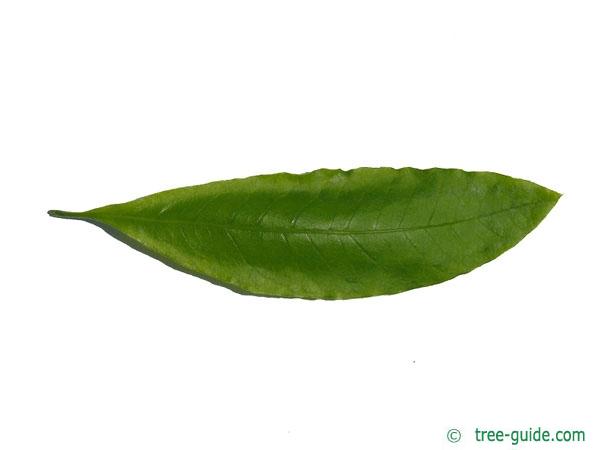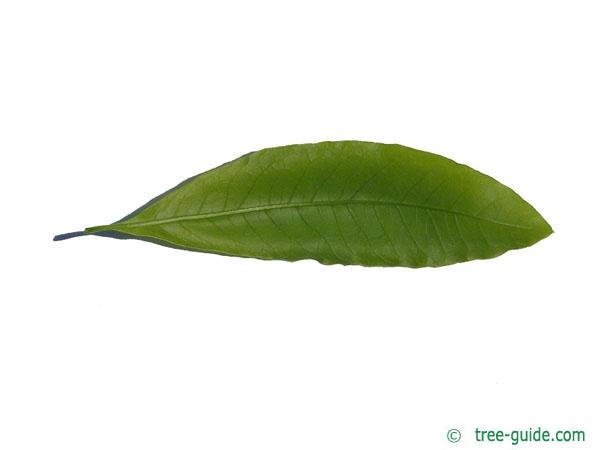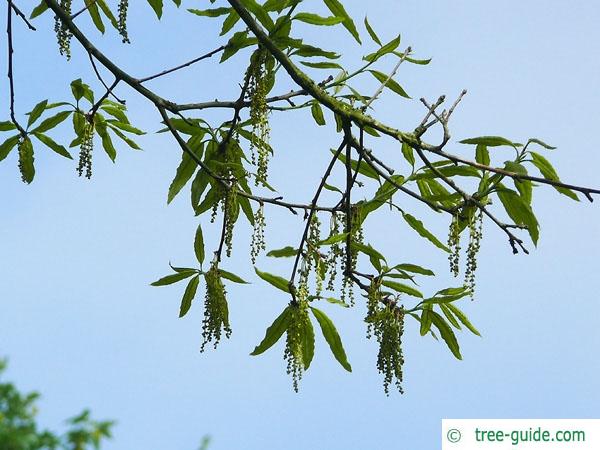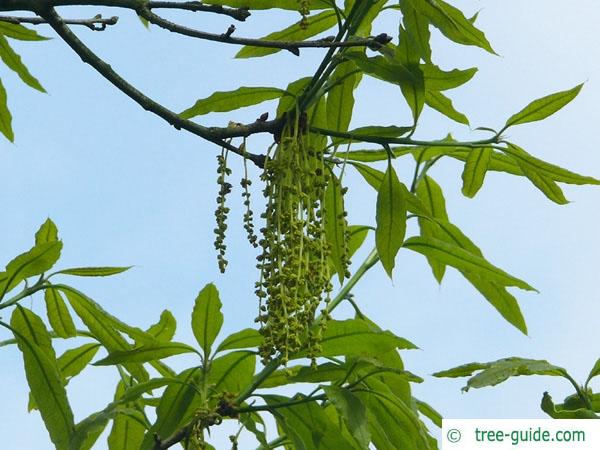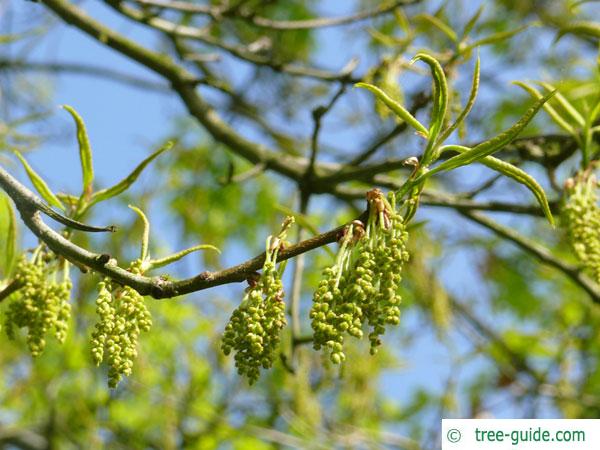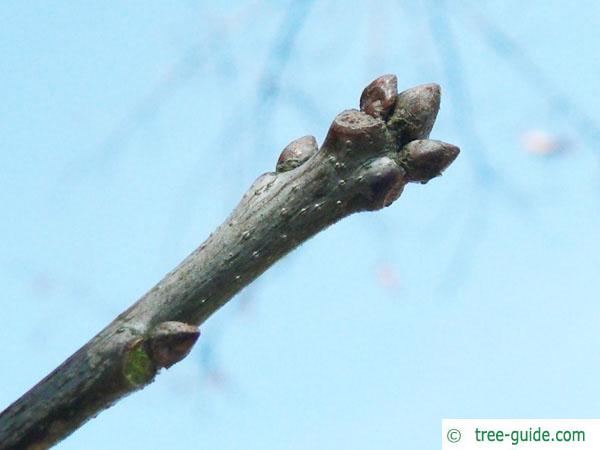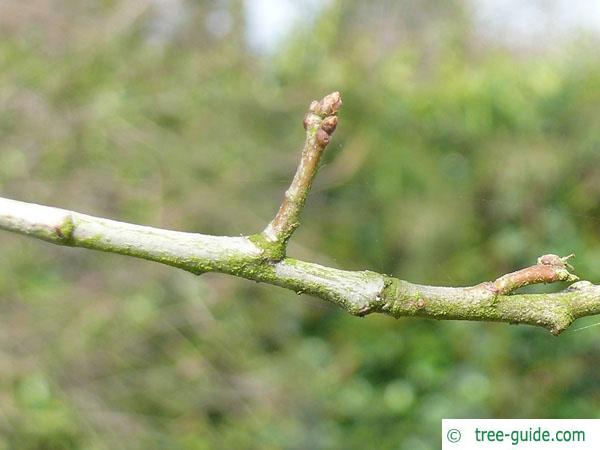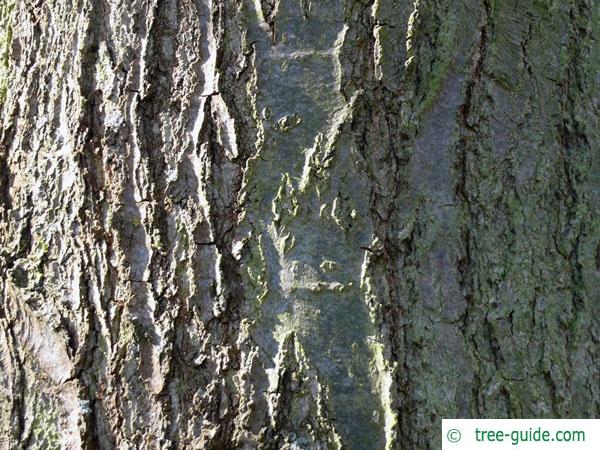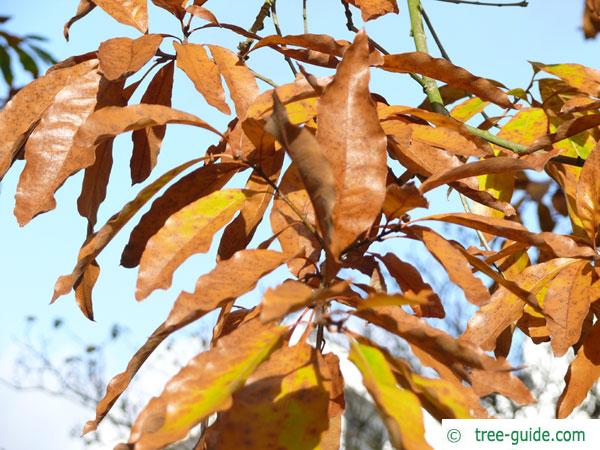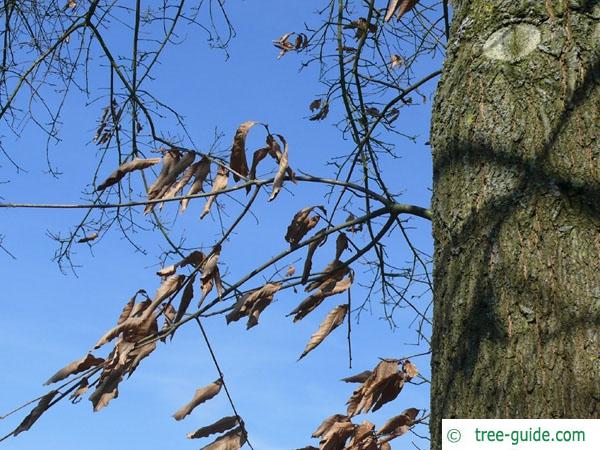Basisdaten
The Shingle oak comes from the western / southwestern North America. Formerly shingles were made from the wood of the oak.
Tree profile
The leaves of Shingle oak are green, glossy, oblong oval, and up to 20 cm (7.9 in) long. The underside of the leaf is bright and tomentose. The leaf margin is smooth.
The flowers form greenish - yellow drooping catkins. Flowering and leafing sprout together.
The acorns are brown, almost round and stalked.
The branches are gray-green. The buds are reddish brown, thick egg-shaped and slightly pointed.
garden- street- and parks tree
Oaks additional information
overview leaves | overview blossoms
overview fruit | overview trunks
overview winter | overview trees







